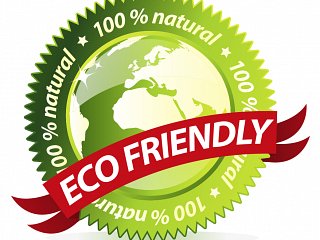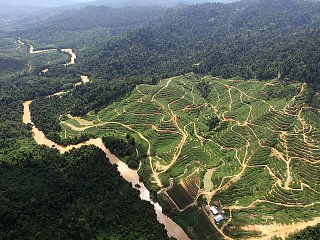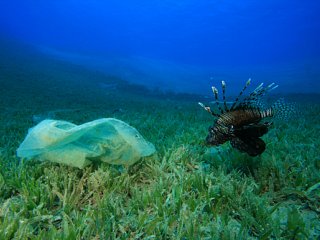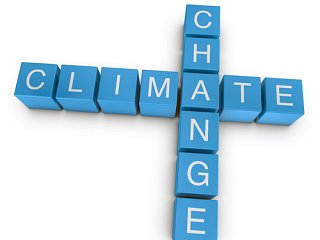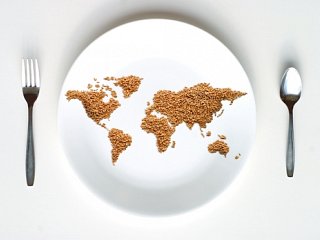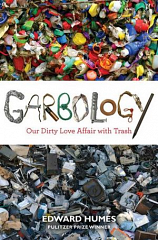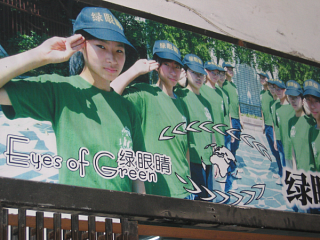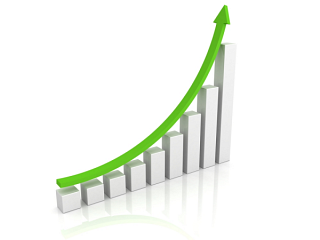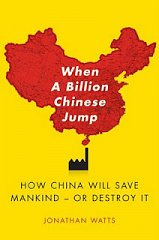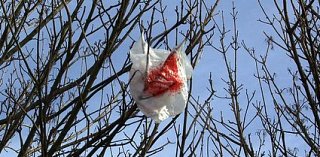When we think of passing Thanksgiving traditions on to our children, it’s not just the recipe for stuffing and the tradition of togetherness, we also usually envision turkey as the centerpiece of the meal. Yet 99% of turkeys in the U.S. food supply come from one breed — the “Broadbreasted White,” famous for its large white breast meat. While high yielding, this breed isn’t able to reproduce naturally and must rely on artificial insemination — without human assistance the breed wouldn’t survive.
Read on…If you haven’t looked at the Federal Trade Commission’s “Green Guides”, now is the time. The FTC published an update to the Guides for the Use of Environmental Marketing Claims on October 1. This was a long awaited change since the last update was in 1998. The Green Guides provide guidance on how to make claims about the green attributes of products and packaging. A significant step forward in the updated Green Guides was made with new details on how to use green seals of approval and certification programs that add strength to their meaning. This is a win for consumers – as well as for companies that have seen a proliferation of competitors’ claims dilute their product’s credible green certification and those looking to add certification claims and seals of approval to their green products.
Read on…It was twenty years ago that I first read Eric Hansen’s classic “Stranger in the Forest: On Foot Across Borneo” and was immediately transported to a fantastical world bursting with magnificent riches. Hansen trekked almost 1,500 miles through forest so dense that the local people were pale-skinned from lack of sunlight. This world is now being relegated to the realm of fantasy — victim to the world’s growing demand for palm oil.
Read on…I was in Ireland back in 2002 just after that country passed a tax on plastic bags equal to 24 U.S. cents per bag. I wasn’t aware of the tax and had just bought a week’s worth of groceries when I was informed of it. It had obviously become socially unacceptable to use plastic bags at all – everyone I saw had cloth bags or boxes. I pressed my three-year old twins into service and we all carried armloads of groceries out the door.
Read on…Additional people on the planet will put increasing pressure on food, water and other resources. As we zoom toward the projected figure of nine billion people by 2045, a new study suggests there is another statistic to worry about – our weight.
Read on…Two very different news stories caught my eye at the end of May. The initial article in Triple Pundit, praised ten companies for the excellence of their sustainability reporting. The other, in the Guardian, reported on a Union of Concerned Scientists (UCS) study of 28 publicly traded companies in the S&P 500 that work both sides of the room to influence the debate on climate change. The study found that some businesses claim to care about climate action while quietly supporting groups working to discredit climate science.
Read on…Two positive trends in product sustainability and a recent report highlighting species loss prompt us to look at how companies consider the impacts of their own activities on biodiversity.
Read on…If we take as our premise that corporate responsibility means more than just running a company in a responsible manner – that the term is imbued with a larger sense of responsibility for humanity as well – than what role should a responsible company play in alleviating hunger?
Read on…Some things are really hard for me to get my head around….the number of people in the world, the number of people who vote for American Idol contestants and the amount of trash that Americans generate.
Read on…Can you imagine a sustainable economy where we live within our planetary means? An economy that is transparent and accountable in decision-making and equitably shares benefits and resources? An economy where capital markets collaborate in promoting a just society?
Read on…I’ve traipsed through my share of college campuses during the past year with a high school senior in tow and have been impressed by the sustainability achievements the colleges have touted. A combination of youthful energy, innovative funding mechanisms, and some healthy rivalry have pushed many colleges to embrace sustainability across their buildings, curriculum, food services and campus culture. My conclusion? The campus sustainability revolution runs deep, is here to stay, and puts some corporate efforts to shame.
Read on…Citizen activists have been behind many of the key environmental improvements in the United States. Check out my favorite movie, Erin Brokovich, to see just one of thousands of examples of citizens pushing successfully for change. Not so in China. Doesn’t change start at the top there? Maybe not.
Read on…We all know it’s difficult to influence ethical labor conditions in the supply chain. But a recent article in The Economist on March 31st discusses just how hard it is. This follows up on our recent post on Chinese supply chain issues.
Read on…Can you find substitutes for the rare earth minerals in your products? Reduce water consumption in manufacturing in water-scarce areas by 80%? Eliminate waste in product design?
Read on…It’s a challenge to package sustainability goals in a way that is both meaningful for your business and that conveys an inspiring vision of the future.
Read on…If your supply chain extends to China, it is a good time to step back and take a look at some useful resources for understanding this rapidly growing, complex country.
Read on…With leaves off the trees and no snow to speak of here in New England, I can’t escape the sight of graying plastic bags flapping in the wind, held hostage by unwilling tree branches...
Read on…


